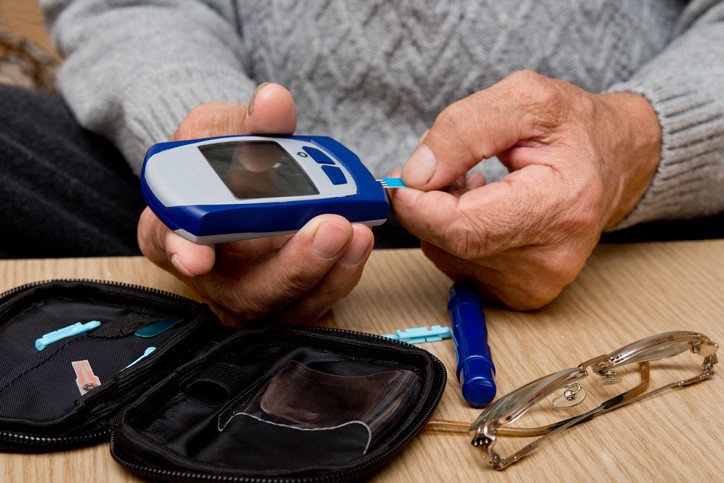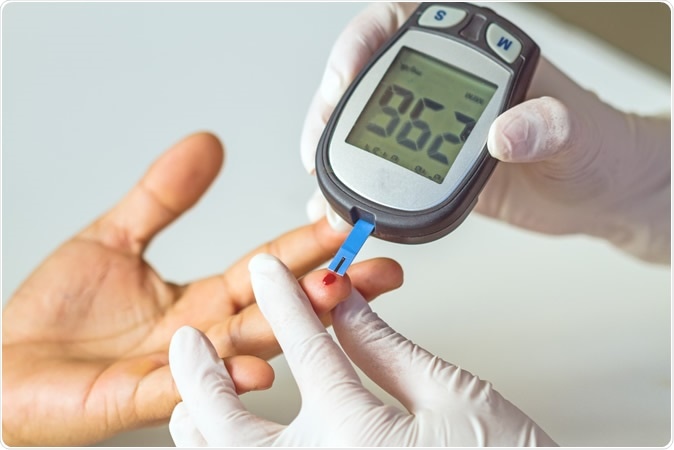Is Tight Blood Sugar Control the Right Choice for Older Adults with Diabetes?
Managing diabetes is always a balancing act, but the tightrope feels even thinner as people grow older. Everyone knows that poorly controlled blood sugar can quietly chip away at the body damaging the heart, kidneys, nerves, blood vessels, eyes, and even the brain. But what often gets less attention is the other side of the coin: when blood sugar dips too low, the consequences can be just as dangerous, if not more immediate.

So, should older adults with diabetes aim for strict, “perfect” blood sugar control or is there wisdom in loosening the reins?
Unlike cholesterol, where doctors can point to a magic number and call it the goal, blood sugar doesn’t follow such a neat formula. Diabetes is unique because both extremes of blood sugar that’s too high or too low can wreak havoc.
Doctors often measure long-term glucose control using the A1c test, which reflects average blood sugar over the past two to three months. For younger adults, keeping A1c at or below 7% makes sense: it reduces the risk of future complications. But lowering blood sugar often requires medications or insulin, and those treatments sometimes overshoot the mark. That’s when hypoglycemia low blood sugar comes into play, bringing symptoms like dizziness, confusion, racing heartbeat, cold sweats, or even fainting.
It’s a tricky paradox: the very drugs meant to protect the body can sometimes put it in danger.
Why Age Changes the Equation

For a 30- or 40-year-old with decades of life ahead, the long game matters. Tight glucose control can reduce the risk of slow-burning complications like kidney failure or vision loss later in life. And if they experience hypoglycemia, younger adults generally recover without long-term consequences.
But in someone who’s 80 or 90, the calculus changes. The threat of long-term complications isn’t as pressing as the immediate dangers of hypoglycemia. A sudden drop in blood sugar can trigger a fall, a fracture, or even a hospital stay, events that can snowball into a loss of independence and a sharp decline in quality of life.
On top of that, tight glucose management often demands complicated treatment plans: multiple daily insulin injections, carefully timed medications, frequent monitoring. For older adults, that can mean added stress, frustration, and strain not just for themselves, but also for family members or caregivers.
Tailoring the Goals: The “Why” Behind Blood Sugar Control

When doctors and patients decide on blood sugar targets for older adults, the conversation isn’t just about numbers, it's about priorities.
For healthy older adults: If someone is in good shape with minimal health issues and no major risk of hypoglycemia, aiming for tighter control may still make sense.
For those with risk factors: If someone has memory challenges, vision problems, frailty, kidney disease, or a history of severe hypoglycemia, a gentler approach is safer. In these cases, “good enough” control is far better than risking a dangerous low.
And perhaps most importantly, these goals aren’t set in stone. Health evolves with age, and what made sense at 70 might not be realistic or safe at 85. Flexibility and individualization are key.
The Takeaway
For older adults with diabetes, blood sugar management isn’t about chasing perfect numbers, it's about striking a balance between protection and safety. Tight control may help some, but for many, the real goal is to live well without tipping into the dangers of hypoglycemia.
In the end, the smartest approach is one that fits the person, their health, their risks, their lifestyle, not just the lab results.
What's Your Reaction?




















